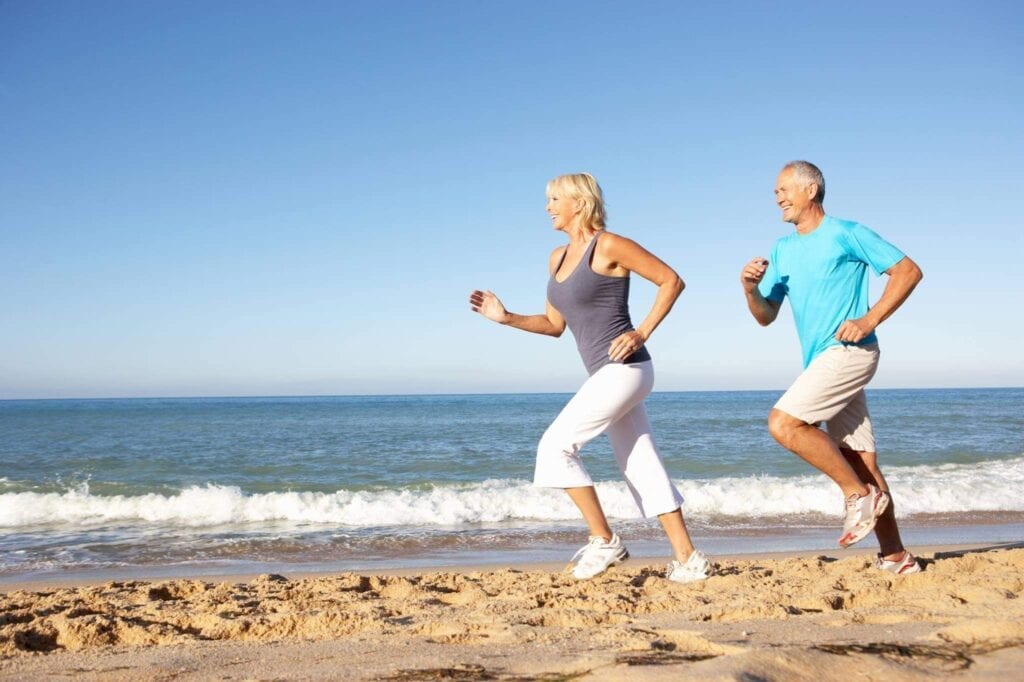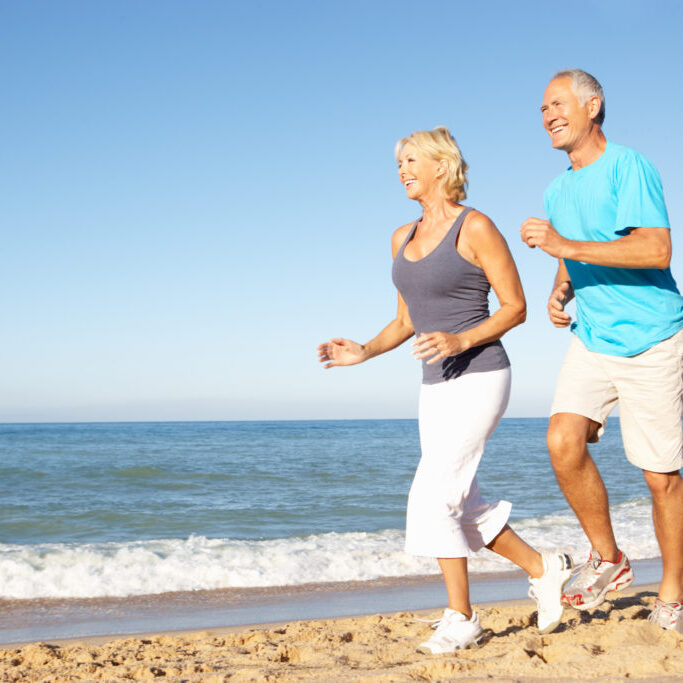
I’m sure we would all like to believe that the muscles we have worked to achieve to this point in our lives will be with us forever, right? Unfortunately, that just isn’t the case. Once we hit 30 years old, we actually begin to lose muscle mass and these losses can be between 3% and 5% each decade (Harvard Health, 2016). Making matters worse, if no effort is made to combat these losses, such as engaging in regular physical activity, the decline may even increase as time goes on!
A reduction in muscular strength, especially for those in the elderly population (65+), is commonly seen from a combination of neurological and muscular changes due to the natural aging process as well as common age-related sedentary habits. For example, if your joints are achy it’s not likely you’ll be excited about going for a walk. And, more often than not, if you’re not excited about doing a certain activity it’s not as likely you’ll stick with it long enough to become a habit. Research done by Manini et al., (2012) found that age-related muscle weakness comes from a combination of declining neural activations, reductions in the force-generating capacity of a muscle, and muscle wasting. Eventually, these contribute to decreases in both muscular size/mass and muscular strength. When both mass and strength are lost, this can make getting around independently much more difficult and can greatly increase the risk for injuries due to falls. The good news, however, is that the “use it or lose it” principle applies and hypertrophy of the muscles can AND WILL happen if they are regularly exercised in a challenging, yet not overwhelming, manner (McArdle et al., 2015).
Always check with your doctor before starting a new fitness routine, but no matter your age don’t be afraid to START. Strengthening the muscles will reap significant benefits whether you find yourself in the young, middle-aged, or elderly population. Furthermore, everyone has to start somewhere, and creating these healthy habits now can prolong and may even prevent the onset of many associated aging problems. McArdle et al., (2015) states, “Following adolescence, the plasticity of neuronal addition and formation of new circuits slows, but does not stop, even into older age. Regular physical activity contributes to the maintenance and development of optimal neural circuitry with aging.” Therefore, even starting an exercise program that includes resistance training at a later stage can help maintain and even REGAIN the ability to do certain functional tasks such as standing up from a seated position, carrying a gallon of milk, or opening a heavy door.
Regardless of age, it is extremely important and beneficial to include resistance training in a fitness program. Adding resistance training to a routine through resistance bands, isometric exercises, or weights (even stretching because you’re still working the muscle!) can help maintain or regain function while still being safe enough to not cause harm. No matter which way is best for you to incorporate resistance training into your routine, a concerted effort must be made to combat the natural process of age-related muscular decline.
American Heart Association’s Recommendations for Physical Activity in Adults:
- At least 150 minutes per week of moderate-intensity aerobic activity of 75 minutes per week of vigorous aerobic activity, or a combination of both, preferably spread throughout the week.
- Add moderate- to high-intensity muscle strengthening activity (resistance bands, isometric exercises, or weights) on at least 2 days per week.
- Spend less time sitting. Even light-intensity activity can offset some of the risks of being sedentary. (Tip: Park a little farther away or take the stairs instead of the elevator to get those steps in. Doing little things like this each day add up!)
Stephanie Ross, MS, NMS-C, CNC
References
American Heart Association. 2018. American Heart Association Recommendations for Physical Activity in Adults. Retrieved from: https://www.heart.org/en/healthy-living/fitness/fitness-basics/aha-recs-for-physical-activity-in-adults
Harvard Health. (2016). Preserve your muscle mass. Staying Healthy. Retrieved from: https://www.health.harvard.edu/staying-healthy/preserve-your-muscle-mass
Manini, T. M., & Clark, B. C. (2012). Dynapenia and aging: an update. The journals of gerontology. Series A, Biological sciences and medical sciences, 67(1), 28–40. doi:10.1093/gerona/glr010. Retrieved from: https://www.ncbi.nlm.nih.gov/pmc/articles/PMC3260480/
McArdle, W., Katch, F., & Katch, V., (2015). Exercise Physiology: Nutrition, Energy, and Human Performance (8th ed.). Philadelphia, PA: Wolters Kluwer Health.

